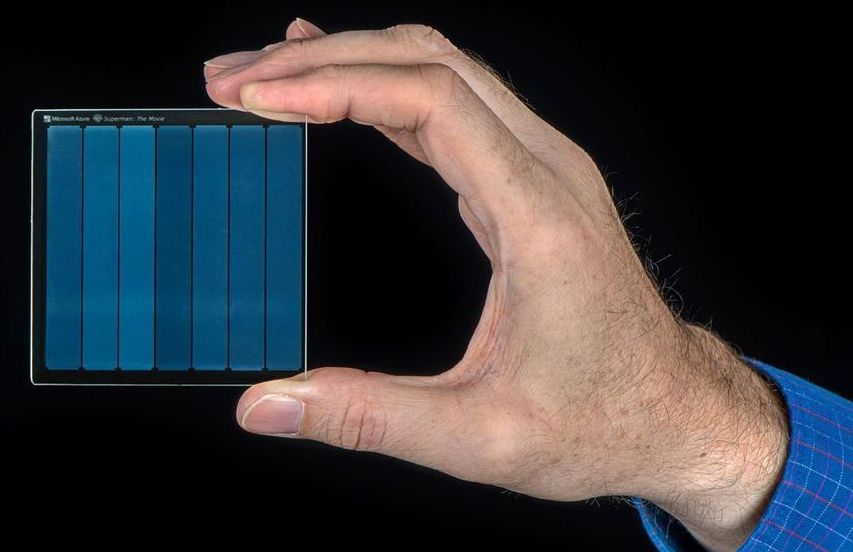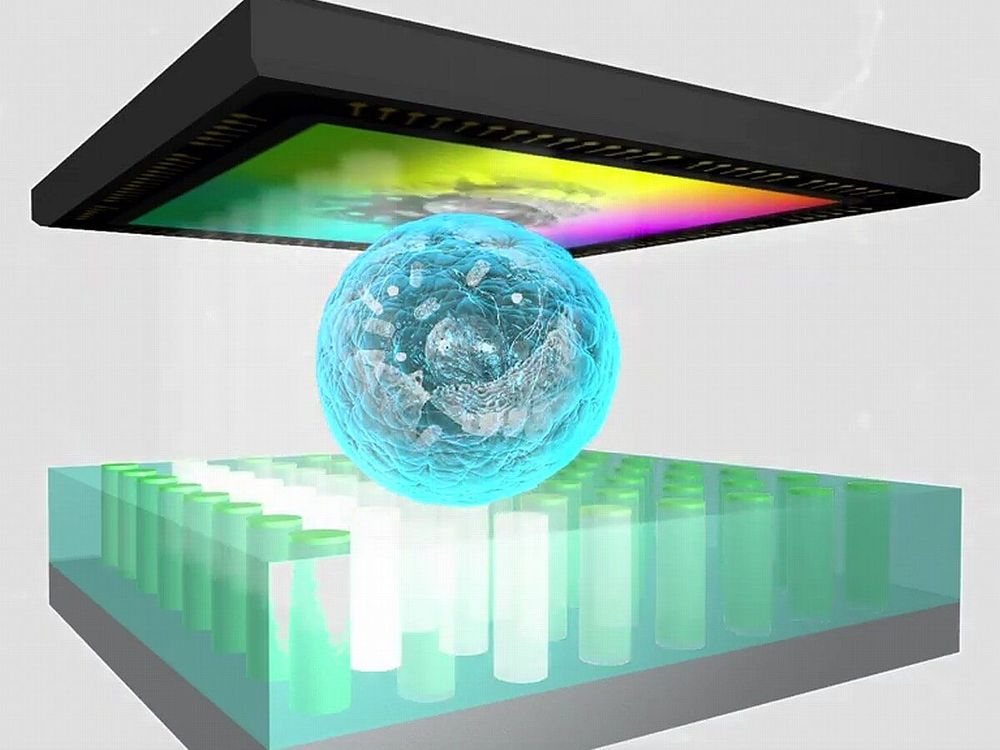Jul 30, 2020
CES, the world’s largest tech conference, will be online-only in 2021
Posted by Genevieve Klien in categories: biotech/medical, electronics
The Consumer Electronics Show (CES), long the world’s largest tech trade show, will be all-digital in January 2021, the Consumer Technology Association (CTA) announced on Monday. The CTA cited the COVID-19 pandemic and concerns about the spread of the virus as its reasoning for canceling the in-person event.
CES usually takes place in Las Vegas and involves many large gatherings in tightly packed convention halls, as well as smaller meetings between retailers, manufacturers, and other industry professionals.
Per the CTA, the digital CES will be a “new immersive experience.” The organization did not provide many details about what the online event will look like, but it claims it will be “highly personalized.” The organization still plans to hold CES 2022 in Las Vegas.


















